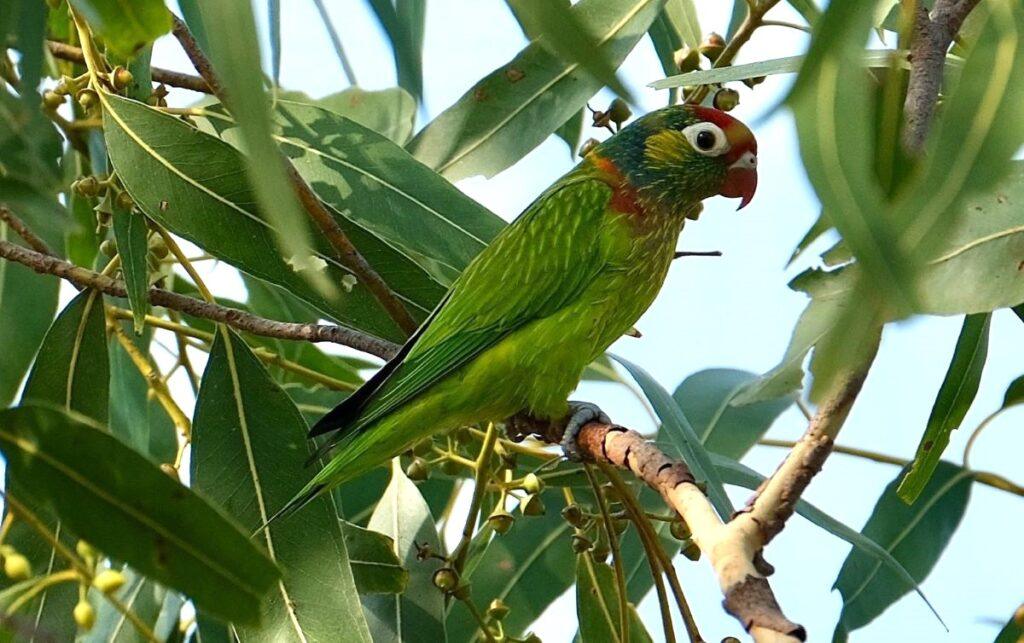
Greetings Friends,
This monthly newsletter (No. 44) includes; Shorebird Festival, Casuarina Coastal Reserve and planning, regrowth, DHA under investigation, quiz, plants and wildlife.
1.0 Looking after Darwin’s natural heritage
Lee Point beach is arguably the most important place in Darwin for migratory shorebirds.
Shorebird Festival
BirdLife Top End hosted the Darwin-Garramilla Shorebird Festival on the 22 Sept. Bird of the Festival was the Far Eastern Curlew.
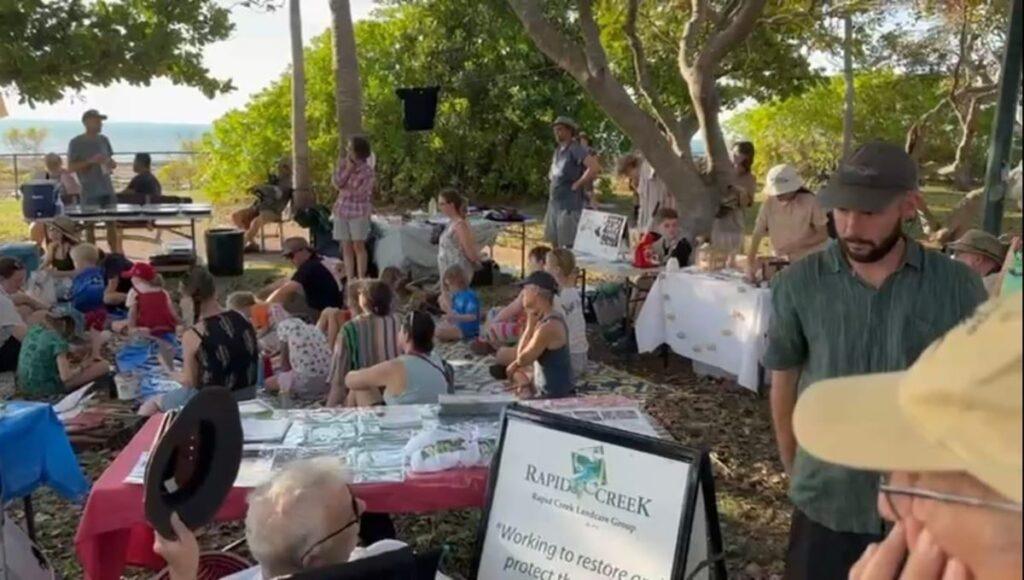
Fig 1. People at the Shorebird Festival at Nightcliff Sunset Park
Please note that the bird flu bH5N1 has affected nearly all continents and could come to Darwin. Do not handle sick or dead shorebirds.
Casuarina Coastal Reserve has officially been declared a national park and includes an extra 34 ha. While FLP welcome this initiative, we believe a more urgent and much higher priority is to cease land clearing works on the Lee Point peninsula and complete a comprehensive Area Plan that reflects the long term needs and wishes of the community – read more
What we want Darwin to look like
Many cities have seen the decline of biodiversity due to habitat loss and fragmentation. This includes the small colourful songbirds that give us most joy. Mammals and small birds are particularly vulnerable to fragmentation because it exposes them to predators. Better urban planning can help conserve critical habitat and connect areas of habitat to avoid fragmentation.
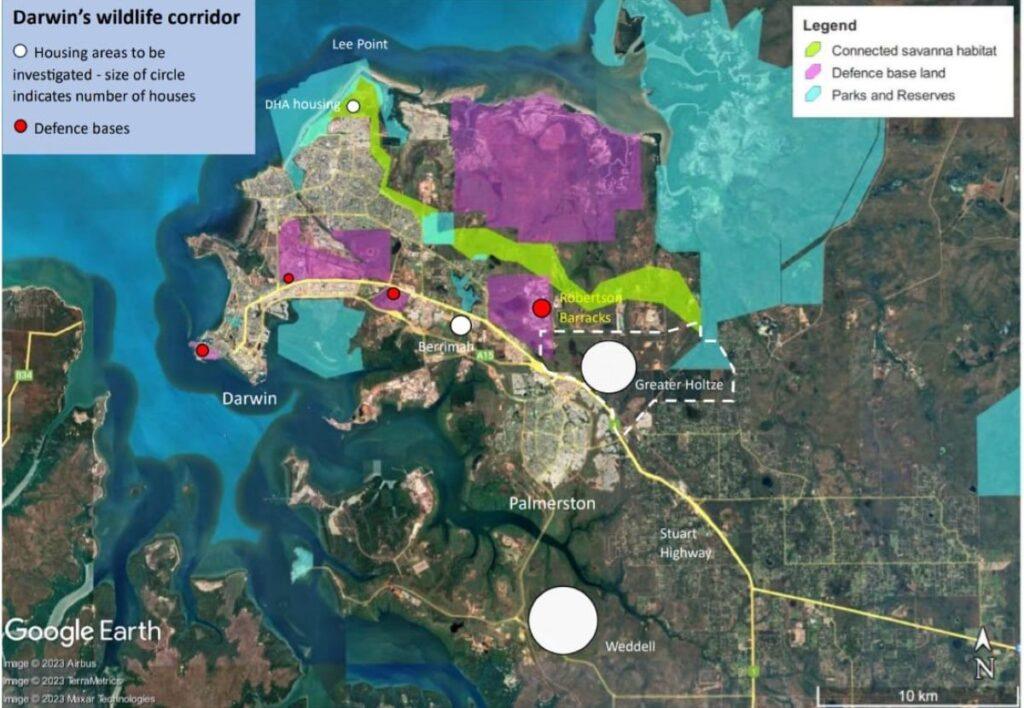
Fig 2. Map showing Darwin’s Wildlife Corridor
Having Darwin’s Wildlife Corridor (connected savanna habitat) identified on the Darwin Regional Land Use Plan will help preserve Darwin’s natural heritage and biodiversity, and have long-term benefits for Darwin’s tourist industry.
FLP have been asked these sort of questions.
Q. Why now? Why wasn’t this urban planning done 30 years ago?
Ans. Urban plans change as circumstances change. For instance, the 1990 Darwin Regional Land Use Structure Plan had an urban centre at Lee Point but not at Holtze or Berrimah. Today, Berrimah and Holtze are major housing areas and part of the Lee Point peninsula is a national park.
Q. What circumstances have changed since the 2015 Darwin Regional Land Use Plan?
Ans. In the last 10 years, the climate change crisis and Australia’s extinction crisis has become more real and housing affordability has become a major problem. Urban planning has a role in addressing these problems.
Q. How would a new urban plan for Darwin help?
Ans. Zoning of land can have a positive influence on:
- Climate change crisis – by conserving urban forests and encouraging more shade trees
- Extinction crisis – by conserving critical habitat and connecting areas of habitat.
- Housing affordability crisis – by increasing the number of affordable dwellings near Darwin and Palmerston CBD (near frequent public transport) should help reduce homelessness and cost of living.
Having government (DHA) building “unaffordable” housing at Lee Point away from jobs and frequent public transport and clearing critical habitat does not address any of the above problems.
2.0 Lee Point Corridor and regrowth
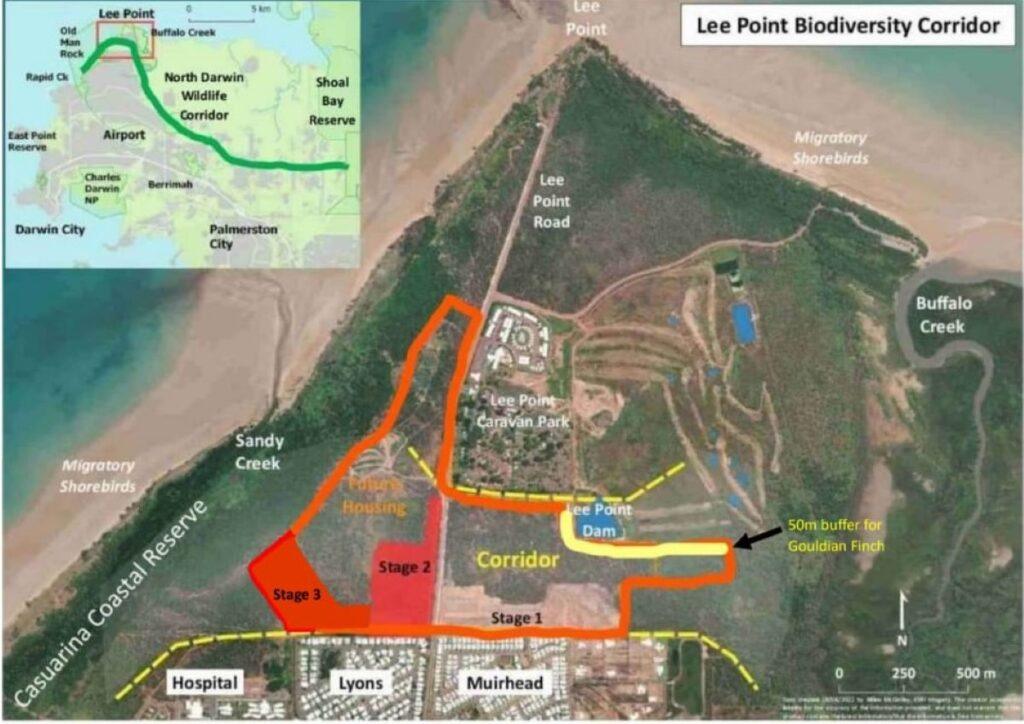
Fig 3. Lee Point peninsula, red outline shows extent of DHA housing with Stage 1, 2 and 3 cleared. Stage 2 and 3 were cleared early May 2024.
In early May 2024, bulldozers destroyed approx 70 old-growth trees (35cm plus diameter). These trees contained critical tree hollows that wildlife need for breeding. In comparison, the expanded Casuarina Coastal Reserve at Lee Point contains approx 50 old-growth trees.
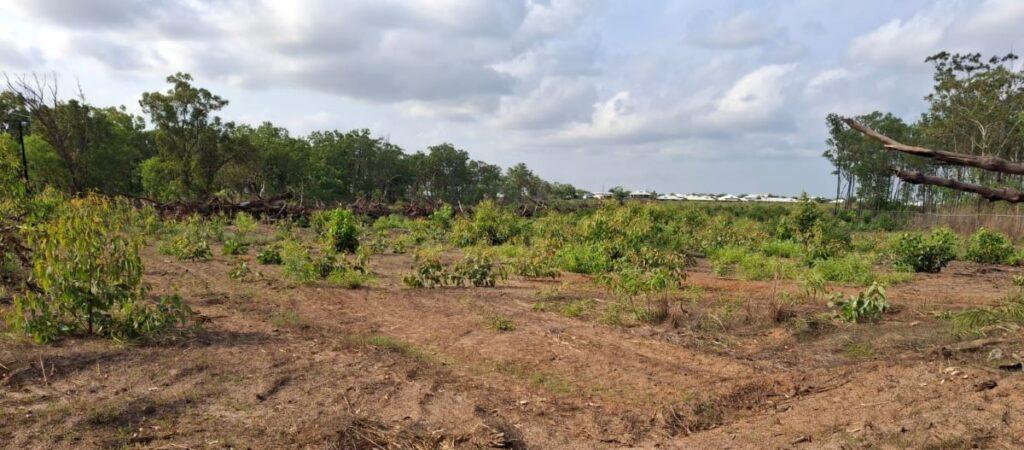
Fig 4. Regrowth in Stage 2 – looking south back at Lyons
Fortunately some regrowth has happened since the bulldozing occurred. Provided the bulldozers don’t return and weeds are controlled, the native plants here could start providing food for wildlife in 5-10 years. Tree hollows (5cm plus) for breeding/shelter generally do not form in woodland trees that are are less than 150 years old (less than 30cm diameter).
3.0 DHA under investigation
The ABC 7.30 Report in late July revealed that DHA was under investigation by the Territory and Australian Government for alleged illegal clearing of Lee Point Corridor. A summary of allegations is posted here. To date, no decisions have been made regarding these allegations.
The developer (DHA) had a clear conflict of interest by creating the Lee Point Area Plan for its housing project. The result is an urban sprawl that costs everyone and affects Darwin’s future. For more detail see Planning for Lee Point.
Australian Government – FLP are still seeking answers to these questions; what other sites were considered to:
- avoid an environmental offset, and
- optimise long term public benefit.
The previous DHA minister (Matt Thistlethwaite MP) was asked the above questions in March 2024 but has not provided an answer. FLP has since written to Minister for Defence Personnel, Matt Keogh MP, seeking an answer.
Take Action
The DHA Lee Point housing project is an ill-considered project for Darwin. It is time to save Lee Point – Please sign this PETITION.
4.0 Quiz
Some figs end up having small holes in them made by a wasp. Why is this important for the fig tree? Answer at the end.
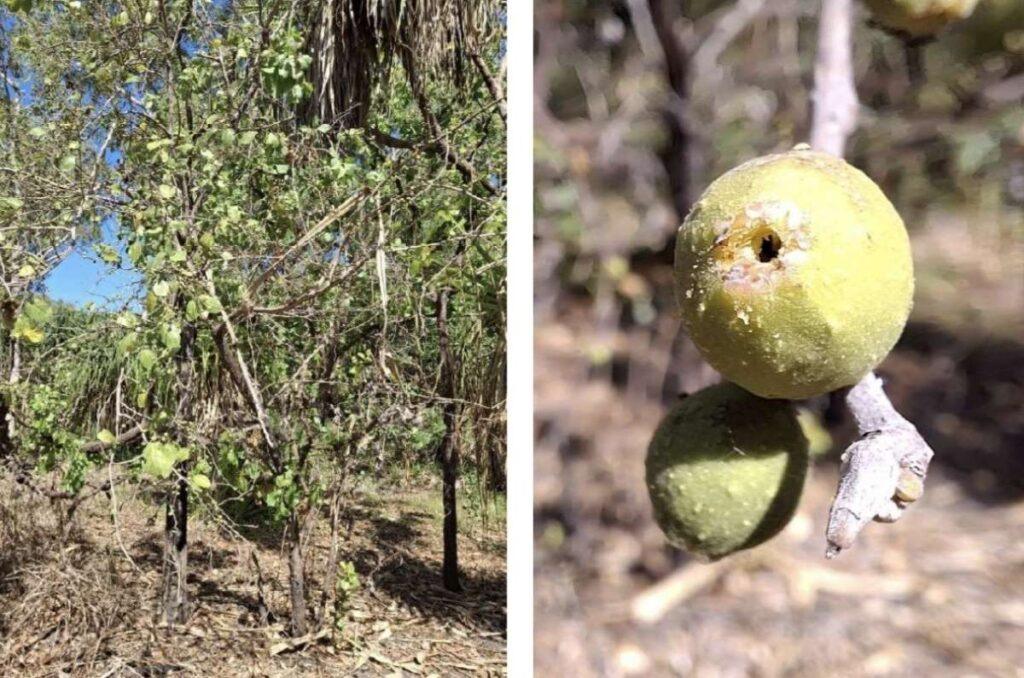
Fig 5. Sandpaper fig tree in corridor, with hole in fruit made by an insect – Sept 2024.
5.0 Plants and Wildlife
Wilderness Walks have been held every week at 5pm Sunday and sometimes in the morning – see FLP Facebook for latest info. They have been typically recording 30-45 bird species, see ebird for latest sightings.
Some of the wildlife seen in the Lee Point Biodiversity Corridor early October are below, photos by Simone.
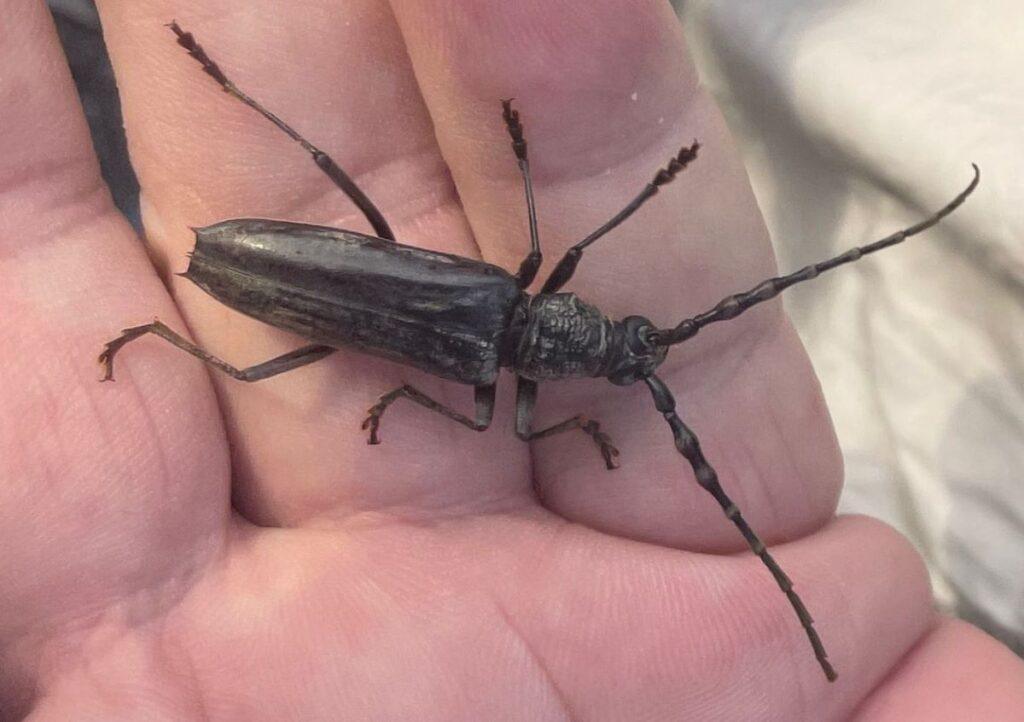
6. Longhorn Beetle
Fig 7. Varied Lorikeet
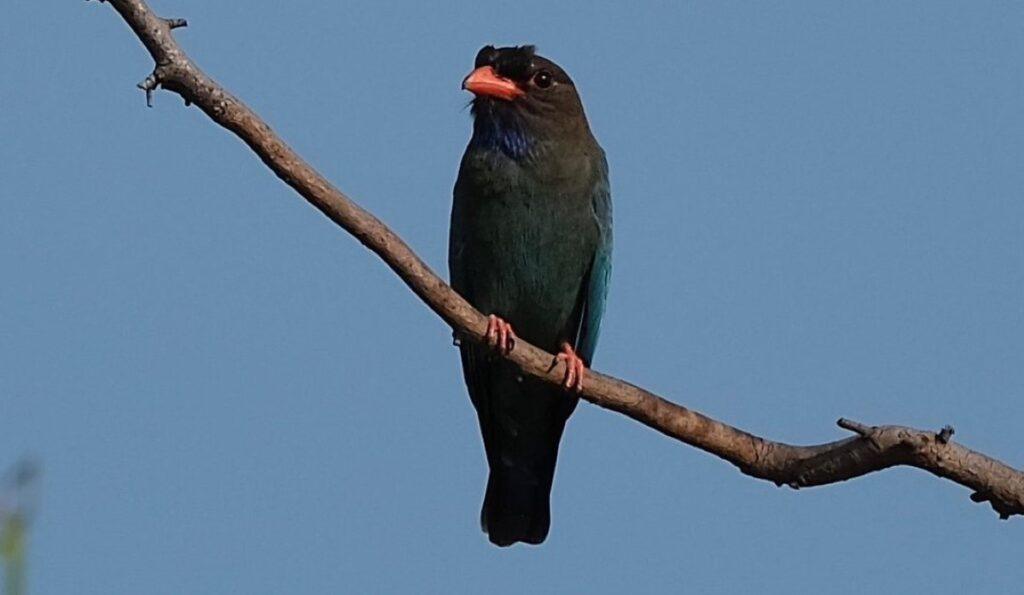
Fig 8. Dollarbird
Dollarbids have started to arrive from New Guinea.
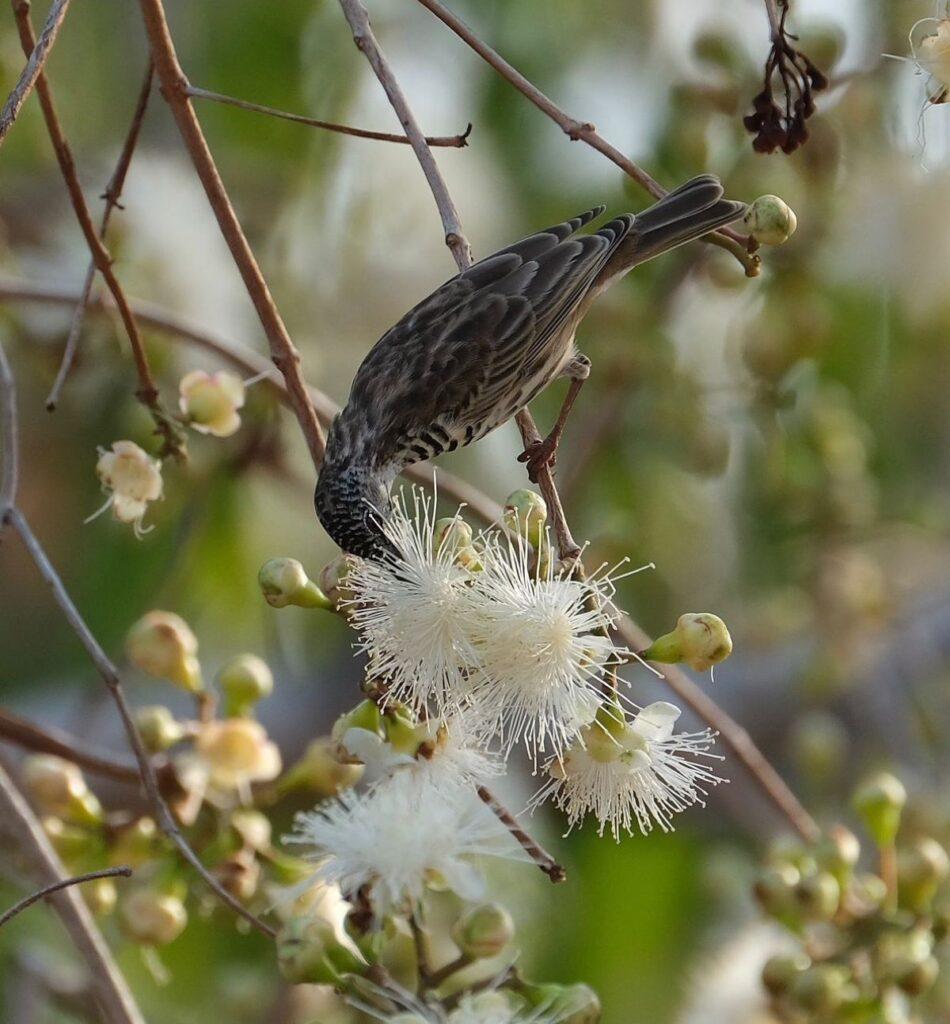
Fig 9. Bar-breasted Honeyeater
Lorikeets and Dollarbirds use hollow bearing trees for breeding and Bar-breasted Honeyeaters build a nest over water.
Fire damages habitat this time of year – If you see a fire on the Lee Point peninsula it is probably arson, call 000, response time is critical for controlling fires.
Aussie Bird Count is on 14-20 Oct. Lists are easier to submit on a laptop than a phone.
Hope to see you at Sunday’s Nightcliff market or on a Wilderness Walk
Answers to Quiz
